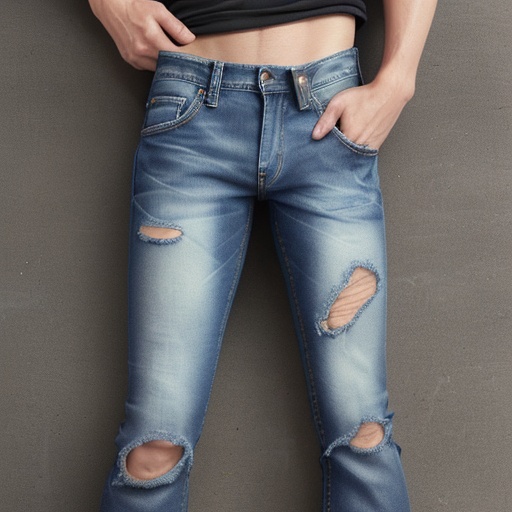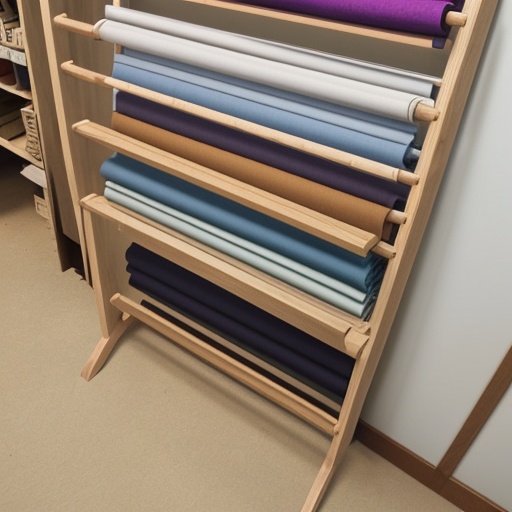Hey there, denim lovers!
Welcome back, fellow sewists! Today, we’re diving into the wild and wonderful world of denim. Yes, that’s right, I’m talking about those jeans you’ve been wearing since last month (or maybe even longer). Now it’s time to turn them into something amazing with our trusty sewing machine.
Buttonholes: The Key to Durable Denim
First things first, folks, buttonholes are your best friend when working with denim. Because this fabric is so thick and strong, traditional stitches can easily come undone. But fear not! The buttonhole presser foot is here to save the day (and your seams).
- To set it up: Just place the buttonhole foot on top of your regular presser foot. It’s like putting on a superhero cape!
- Positioning buttons: Make sure they’re aligned and sewn tightly, or else you’ll end up with a pair of pants that can’t even button properly.
Sewing up a storm? Don’t forget to test your buttonholes before attaching them to the garment. You wouldn’t want to have to take apart a perfectly good project just because you skipped this step, would you?
Patches: Patching Up Old Jeans with New Ideas
If you’ve ever worn jeans until they were threadbare, then you know all about patches. Not only do they add durability, but they can also transform an old pair into something fresh and new.
- Choosing your patch: Look for one that complements the color of your denim (or even contrasts it! ) to really make a statement.
- Sizing up: Make sure the patch is slightly larger than the hole or area you want to cover. This will ensure it stays in place and doesn’t come off during wear.
Now, I know what you’re thinking – isn’t patching just… boring? Well, think again! There are all sorts of designs out there waiting for you to get creative with them. From classic monograms to modern quotes, patches can be a fun way to personalize your denim wear.
Seam Finishing: Keeping Your Edges in Check
Denim is tough, but that doesn’t mean it’s indestructible. To prevent fraying and keep those edges looking sharp, we need to do some serious edge work.
- Fraycheck or pinking shears: Use these tools to quickly finish your seams before you start sewing them together. It’s like giving each piece a little hug to make sure it stays put.
- Serger: If you have one, this is your best friend when working with denim. The zigzag stitch will not only seal the edges but also add some texture and strength.
And that’s just about it for today! Remember, denim might be tough to work with at first, but once you get the hang of it, you’ll have a whole new world of durable and stylish projects waiting for you. So grab your trusty needle and thread, or in this case, your sewing machine, and let’s stitch this together!







